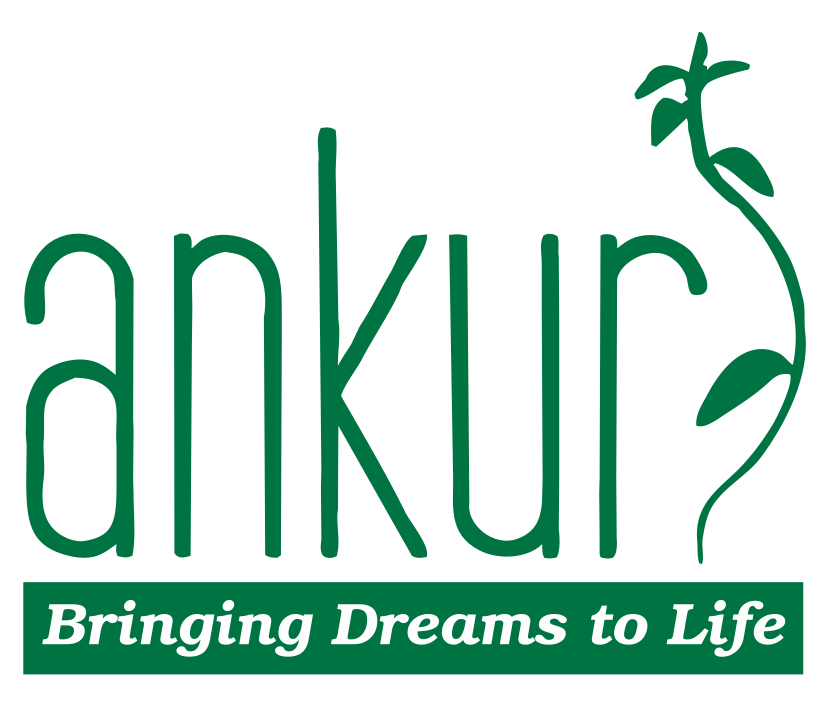Regenerative And Restorative Medicine And Stem Cell Treatments
Welcome to the cutting edge of medical innovation — a realm where treatment transcends symptom management to embark on a journey of true restoration. In the world of healthcare, restorative therapies emerge as a beacon of promise, introducing a revolutionary approach that seeks to reverse the underlying pathology of diseases. This paradigm shift is rooted in the profound concept of repairing or replacing damaged tissues by awakening the body’s inherent regenerative capabilities. Among the arsenal of restorative therapies, notable players like stem cell therapy (SCT) and platelet-rich plasma (PRP) take center stage, alongside groundbreaking technologies like low-intensity shock wave therapy (LiSWT). These therapies harness regenerative principles to stimulate the mobilization of endogenous stem cells, directing their healing prowess to targeted diseased tissues. Join us on this exploration of the future of medicine, where restorative therapies pave the way for a transformative shift in our approach to healing, offering hope for a future where diseases can be not just managed, but genuinely reversed.
1 - Regenerative Procedures
Various types of stem cells have been employed for the treatment of erectile dysfunction. These include mesenchymal stem cells, placental matrix-derived stem cells, mesenchymal stem cell-derived exosomes, adipose-derived stem cells, bone marrow-derived mononuclear stem cells, and umbilical cord blood stem cells.
In order to fully restore spermatogenesis, it is essential to address the complete restoration of the stem cell niche. Within the realm of regenerative medicine, one potential option involves the utilization of multipotent mesenchymal stromal cells (MSCs). These cells are being explored for their ability to contribute to the regeneration and repair of tissues, including those involved in the process of spermatogenesis. The multipotent nature of MSCs makes them a promising avenue for therapeutic interventions aimed at restoring fertility by addressing the underlying stem cell niche.
Platelet-rich growth factor is being explored as a potential solution for this complex issue.
2 - Restorative Procedures
Low-intensity shock wave therapy is utilized at different energy levels to enhance fertility, and the key to success involves calculating the number of shocks required through additional testing. Tailoring the treatment by determining the optimal number of shocks is crucial for achieving effective results in improving fertility through this therapeutic approach.
Low-intensity shock wave therapy is employed at various energy levels to restore erection, and the key to success lies in calculating the number of shocks required through additional testing. The determination of the optimal number of shocks is typically based on individualized assessments and testing to achieve effective results in treating erectile dysfunction.
Premature ejaculation can result from either glans hypersensitivity or excessive contraction of the bulbo spongiosus muscle. Modern techniques involve using fillers for the glans and botox to reduce muscle sensitivity. Neuromodulation is also explored as an alternative approach.
3 - Stem Cell Treatment For Azoospermia Or No Sperm
Different types of stem cells, such as those from bone marrow, umbilical cord, and adipose tissue, are utilized in various medical applications. Specifically, bone marrow stem cells, including hematopoietic and mesenchymal stem cells, are employed to regenerate the sertoli and leydig cells in the testis, promoting normal sperm production..
4 - Stem Cell Treatment For Zero Erection
Different types of stem cells, including those from bone marrow, umbilical cord, and adipose tissue, are utilized in various medical applications. Adipose tissue stem cells, for instance, may be used to restore normal erections by targeting the corpus cavernosum, a sponge-like tissue in the penis involved in the erectile process.

